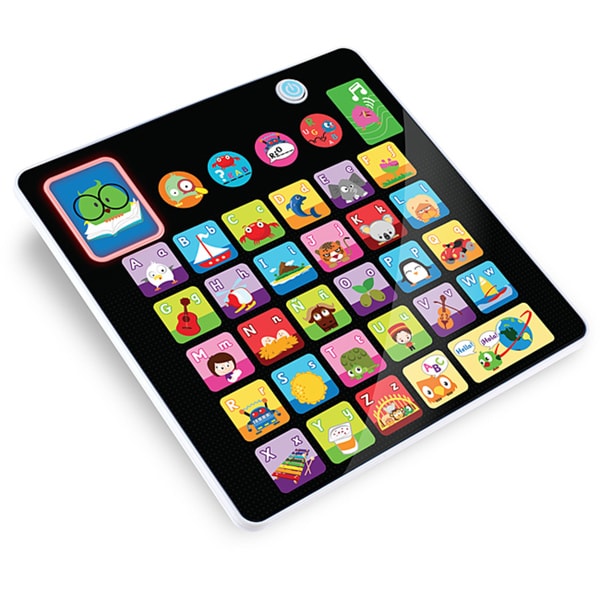


Teaching resource Beginning Letters - Individual Alphabet Worksheets - BWĪ beginning letter worksheet for each letter of the alphabet. These gorgeous letter posters for the classroom are the perfect visual for your students to begin your display. I found having all of the letters up before introducing the individual letter and sound was too overwhelming for the students in my classes. As well as this, I would provide visuals in the classroom (only once I had introduced the students to that letter/sound). I would introduce and speak about the letter and sound through literature. This all really depends on the varying levels of knowledge in your class. Other’s may do a letter every couple of days. When beginning the teaching of beginning sounds – I would often teach a letter a day! Starting with s, a, t, p, i and then n. It’s important to note that some programs will often incorporate some digraphs into the mix towards the end of this sequence as well.

Here’s a suggestion for the rest of the sequence provided to us by Clare Wood (Literacy specialist) – m,d,g,o,c,k,e,r,u,b,h,f,l,j,w,v,x,y,z,q. The order you teach the initial sounds in will depend on your school and the phonics program that is used – however, the most common 6 letters to begin with are s,a,t,p,i and n. There are many reasons why, but one, in particular, is that introducing initial phonemes to students in alphabetical order can in fact make it more difficult for them as they will often revert back to letter name rather than the sound it makes. This is a question that gets asked a lot, and it’s no surprise! Children often begin school singing the alphabet, or reading literature about letters in alphabetical order, so why not go with what they know? Many early years teachers will not teach the letters and sounds in alphabetical order. Which in turn, provides a confidence boost for little readers! Why don’t you just teach the sounds in alphabetical order? Once students have a greater understanding of these first initial graphemes and phonemes, your students will be able to decode many basic words. Such as, ‘sssss’ for /s/ and ‘nnnn’ for /n/. Continuous sounds are sounds that can be made for multiple seconds. Why those sounds, you may ask? Well, that combination of letters yields the most words and has 2 continuous sounds to get students started with word building. For those that aren’t 100% sure, you’re probably wondering what is SATPIN? SATPIN refers to the first six letters that many phonics programs begin with when introducing initial sounds to children. Many early years teachers will know the term SATPIN.


 0 kommentar(er)
0 kommentar(er)
